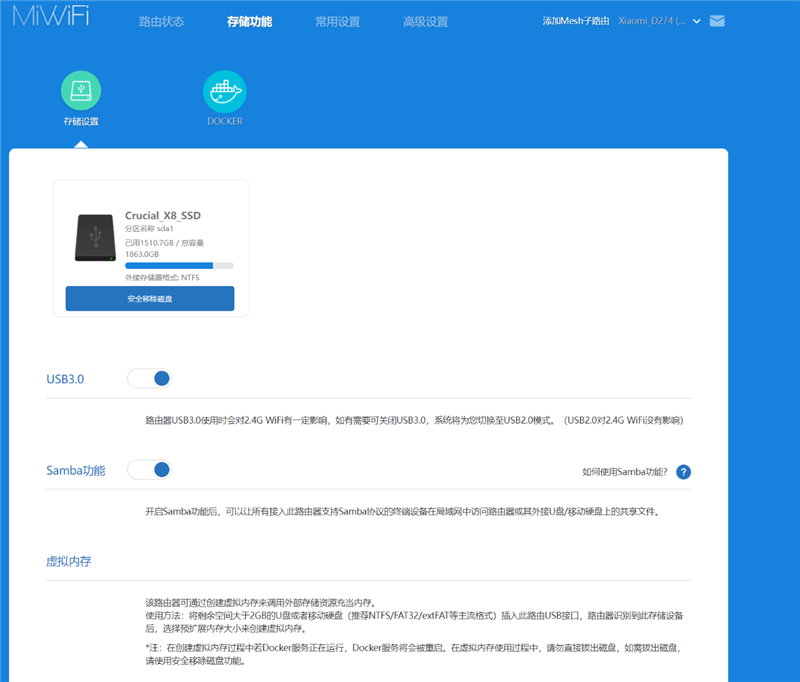The Xiaomi Router 7000, on the market for half a year, has introduced new firmware supporting Wi-Fi 7, officially ushering in the Wi-Fi 7 era. Simultaneously, the updated Xiaomi Router 7000 underwent a renaming, becoming the Xiaomi Router BE7000.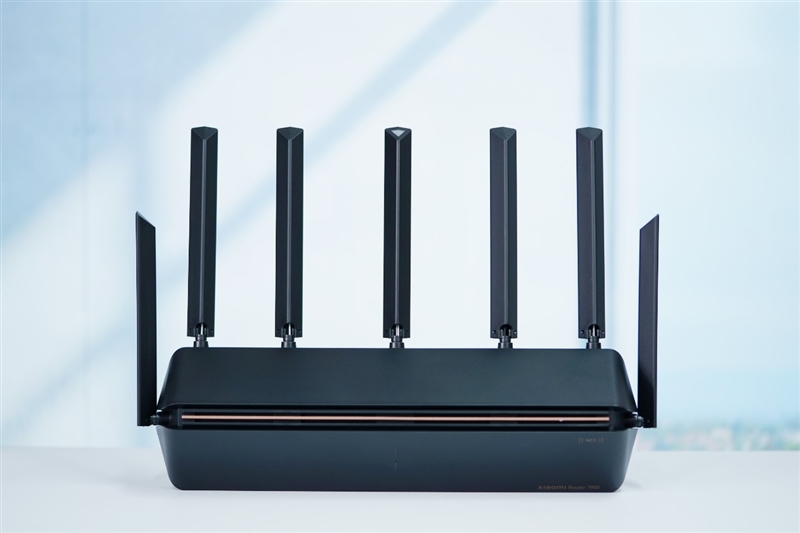
Wi-Fi 7, based on the 802.11be standard, increases the channel bandwidth from 160MHz to 320MHz and the QAM granularity from 1024 (1K) to 4096 (4K) compared to Wi-Fi 6 (802.11ax). The theoretical maximum transmission rate can reach up to 46Gbps, a significant advancement over Wi-Fi 6E’s 9.6Gbps.
Unfortunately, achieving the 320MHz bandwidth is limited to the 6G frequency band, as the domestic 6G band is already allocated for mobile 5GHz private networks. In the 5G frequency band, Wi-Fi 7 mirrors Wi-Fi 6, reaching a maximum of only 160MHz. To experience the full bandwidth of Wi-Fi 7, users may consider purchasing an overseas Wi-Fi 7 router or modifying the firmware.
Wi-Fi 7 has finally arrived! Check out the Xiaomi Router 7000 review: Invincible within a thousand yuan.
While Xiaomi Router 7000 and Xiaomi Router AX6000 may appear identical, they differ significantly in configuration and performance. Let’s explore the upgrades in the Xiaomi Router 7000!
-
Supports three frequency bands
Xiaomi Router AX6000 supports 2×2 MIMO 2.4GHz (maximum rate 574Mbps) and 4×4 MIMO 5GHz (maximum rate 4804Mbps). Xiaomi Router 7000 elevates the 2.4GHz frequency band to 4×4 MIMO with a maximum rate of 1148Mbps. The 5GHz frequency, also 4×4 MIMO, reaches a maximum link rate of 5764Mbps due to the upgraded 4K QAM, resulting in a combined rate close to 7000Mbps.
Xiaomi Router 7000 introduces a new function, disassembling the four antennas in the 5GHz frequency band into 2×2 MIMO 5.2GHz (160MHz bandwidth, maximum rate 2882Mbps) and 2×2 MIMO 5.8GHz (80MHz bandwidth, maximum rate 1441Mbps).
-
Supports MLO multi-frequency simultaneous connection
The firmware update on November 29 adds the MLO multi-frequency co-connection function. Switching Wi-Fi to tri-band mode enables MLO multi-band connection, combining 5.2GHz 160MHz and 5.8GHz 80MHz into 240MHz. This allows the Wi-Fi connection rate between mobile phones and computers to reach 4320Mbps, a 50% increase in connection rate.
-
Quad-core Qualcomm A73 processor + 2GB RAM
The upgraded Xiaomi Router 7000 features a Qualcomm IPQ9554 chip, a quad-core A73 processor with a frequency of 1.5GHz, providing a computing power of 28800DMIPS—a sixfold performance improvement over the previous generation AX6000. RAM capacity has also been increased from 512MB to 1GB, allowing stable connectivity for more than 600 devices.
-
4 2.5Gbps network ports
Xiaomi Router 7000 directly upgrades to four 2.5Gbps network ports and supports the aggregation of two 2.5Gbps ports into 5Gbps. This configuration eliminates the need for a separate 2.5G switch, providing enhanced connectivity.
In addition to these upgrades, the Xiaomi Router 7000, with its improved memory and processor, supports the SAMBA protocol and Docker (container), significantly enhancing playability for experienced users.
Design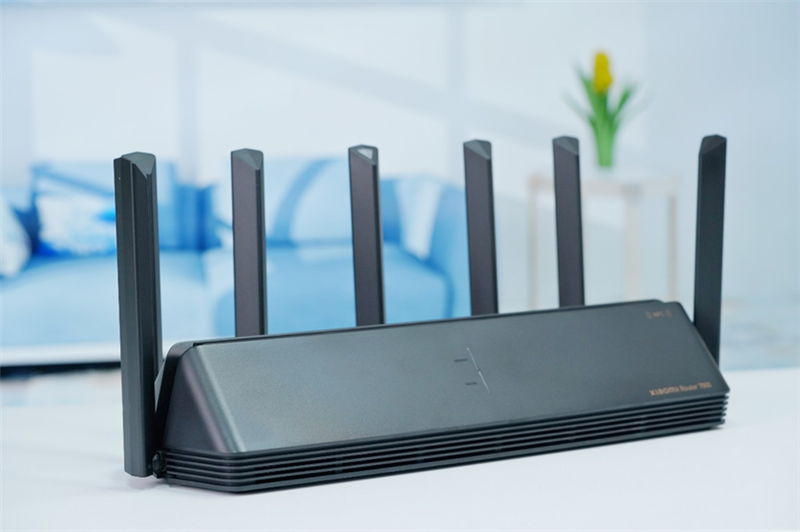
The Xiaomi Router AX6000 doesn’t appear to differ from it. In the lower right corner, there is “Xiaomi Router 7000,” and the new version is Xiaomi Router BE7000. BE denotes that the router supports Wi-Fi 7.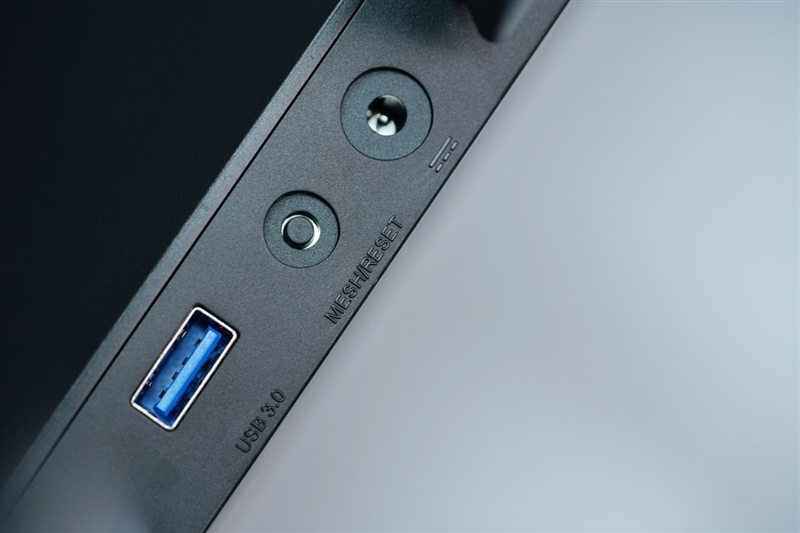
The front panel features two indicator lights at the center marking the working status in white and red. When the Internet indicator light above illuminates white, it signifies that the network connection is normal.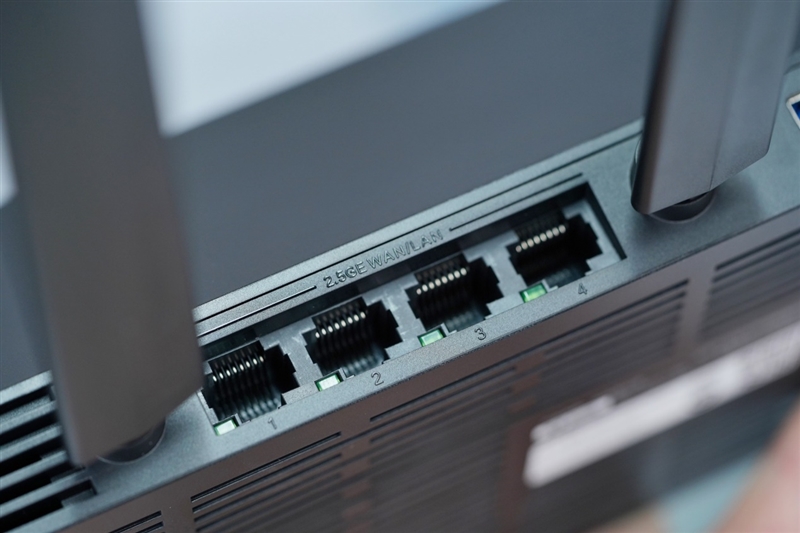
Similar to the AX6000, it boasts 6 antennas. The AIoT antenna in the center exhibits a white light effect on top when in operation. There are four 2.5G network ports, with each port capable of supporting WAN/LAN adaptation and dual WAN/dual LAN high-speed aggregation.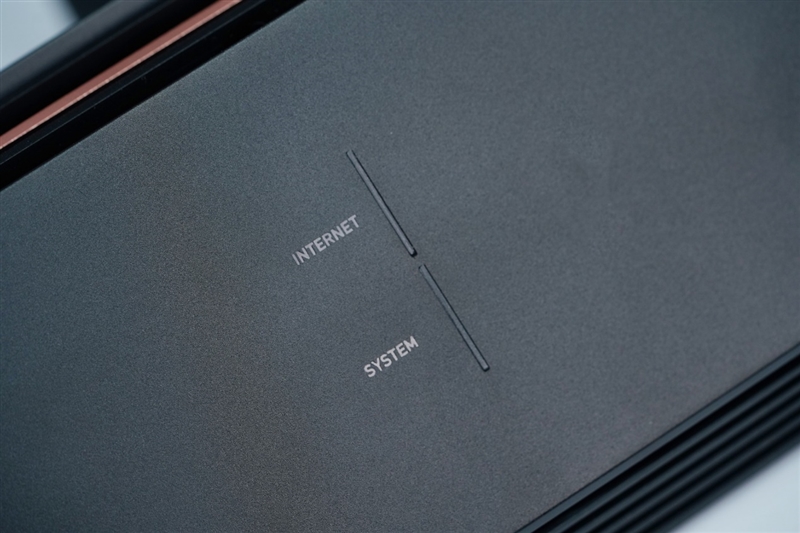
On the right side of the 2.5Gbps network port, there is a USB 3.0 interface for expanding USB mobile hard drives and implementing some NAS functions. Adjacent to it is a Reset/MESH two-in-one button facilitating easy connection to Xiaomi routers for one-click MESH networking.
Signal Test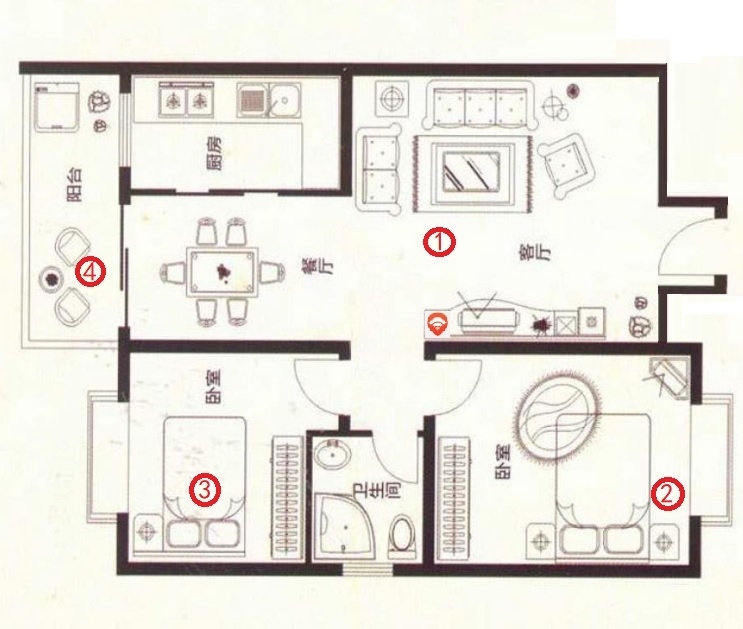
The wireless data copy speed can achieve 190MB/s in the signal test. The Xiaomi Router 7000 actively supports three frequency bands: 2.4GHz, 5.2GHz, and 5.8GHz. We primarily examine the signal strength and Wi-Fi speed of the 5.2GHz frequency band.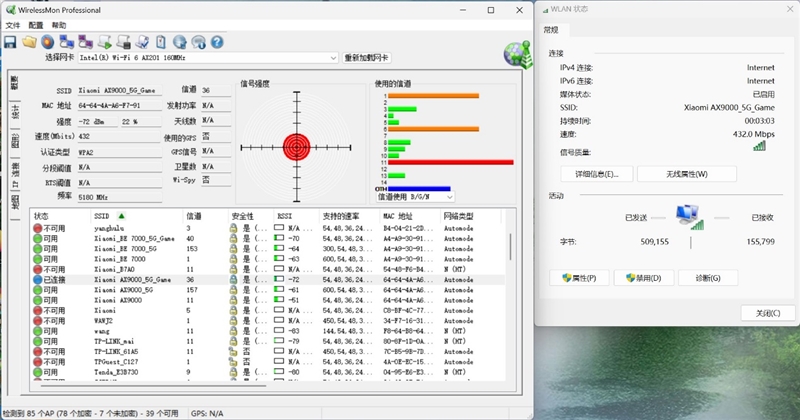
We placed the router on the TV cabinet in the living room and conducted tests at four points. At test point 1, we measured the wireless signal strength to be approximately -32dBm, and the Wi-Fi connection rate reached 2.8Gbps.
The actual Wi-Fi LAN bandwidth at test point 1 ranges from 160 to 190MB/s, equivalent to 1.2 to 1.5Gbps when converted, surpassing the transmission speed of a Gigabit wired network card. During high load testing of the bandwidth, the delay is not very stable, fluctuating between approximately 1 and 80ms.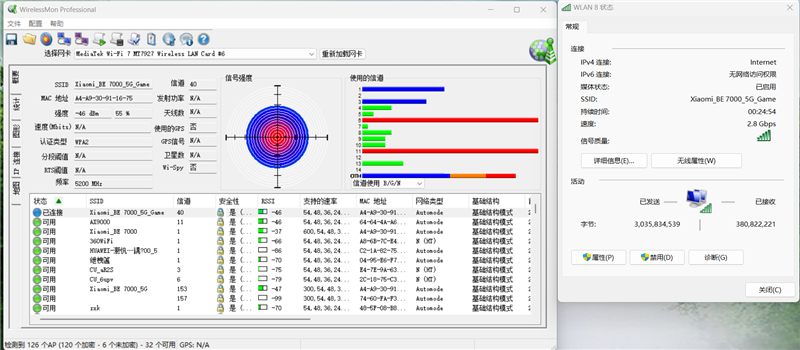
When completely idle without any operation, the delay remains stable at 1 ms. Moving on to test point 2, we first opened the door. At test point 2, the connection rate in the 5.2GHz band still maintains 2.8Gbps, but the signal strength has dropped to 46dBm. Even at test point 2, after closing the door, the connection speed can still sustain 2.8Gbps, and the signal strength is 55dBm.
In the bedroom with the door closed, the bandwidth of the 5.2GHz band can still achieve 60MB/s, equivalent to 500Mbps.
Signal comparison
We conducted a signal strength comparison between the Xiaomi Router 7000 and the Xiaomi Router AX9000 by placing them side by side at various locations. To ensure fairness, we employed the Intel AX201 wireless network card for this round of testing.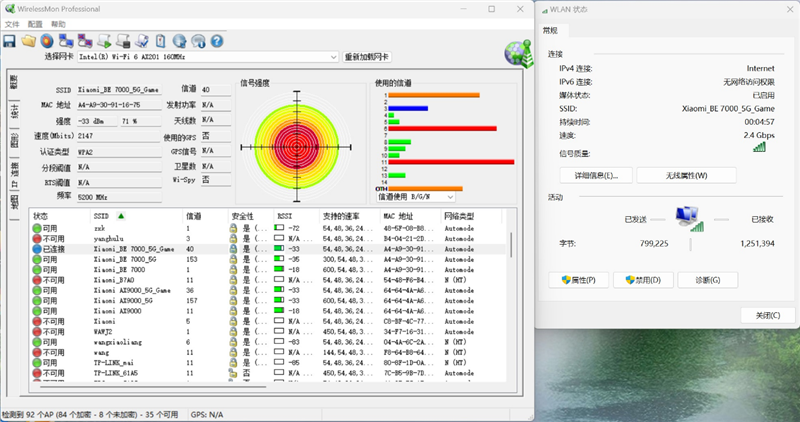
At four different points, the signal strengths were assessed. At point 1, the Xiaomi Router 7000 exhibited tri-band signal strengths of 33dBm, 35dBm, and 18dBm for 5.2GHz, 5.8GHz, and 2.4GHz, respectively. On the other hand, the Xiaomi Router AX9000 displayed signal strengths of 33dBm, 33dBm, and 18dBm for the corresponding bands.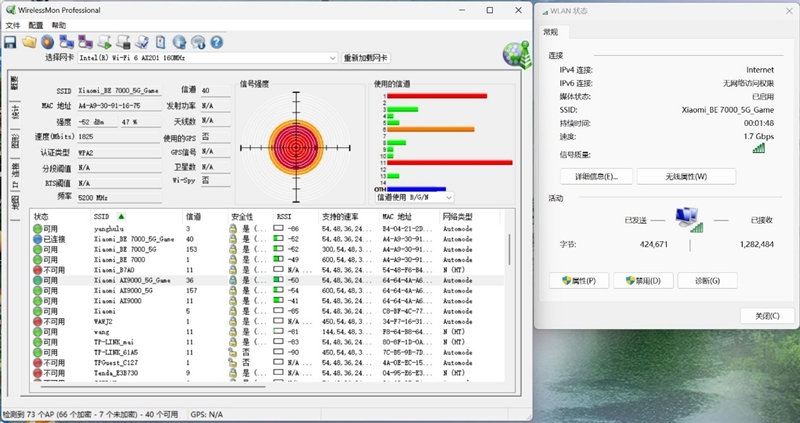
Moving to point 2, the signal strengths for the Xiaomi Router 7000 were 52dBm, 52dBm, and 49dBm for 5.2GHz, 5.8GHz, and 2.4GHz, respectively. Meanwhile, the Xiaomi Router AX9000 showed strengths of 50dBm, 54dBm, and 41dBm for the same bands.
At point 4, the signal strengths for the Xiaomi Router 7000 were 70dBm, 64dBm, and 63dBm for 5.2GHz, 5.8GHz, and 2.4GHz, respectively. In comparison, the Xiaomi Router AX9000 recorded strengths of 72dBm, 61dBm, and 51dBm for the corresponding bands.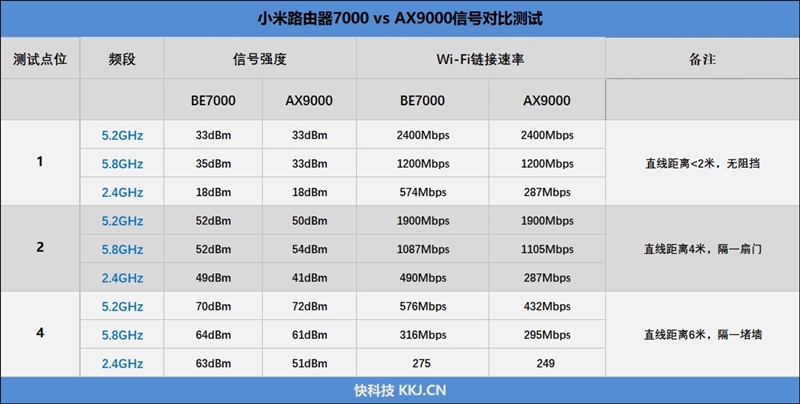
Examining the table above, it is evident that, whether in the 5.2GHz or 5.8GHz frequency bands, the signal strength and connection rate of both Xiaomi Router 7000 and AX9000 are essentially identical. However, in the case of the 2.4GHz band, the AX9000 signal is stronger, while the Xiaomi Router 7000 boasts a higher connection speed.
System Interface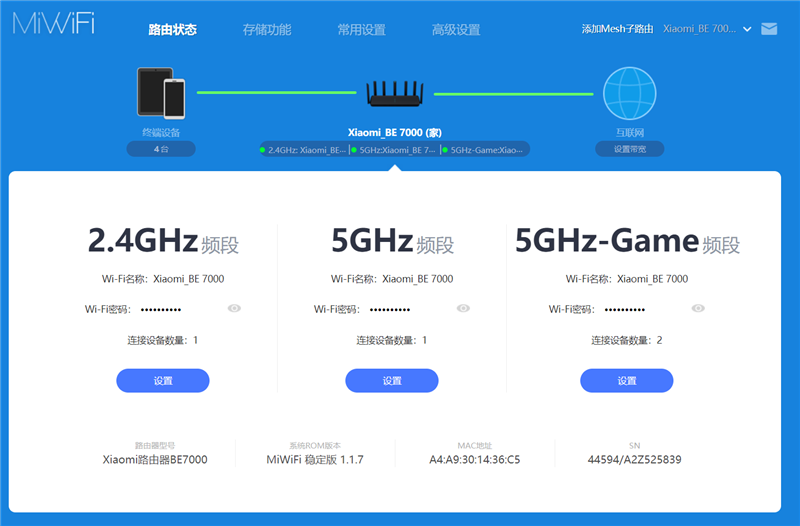
Explore the main interface for the system.
In the advanced settings, customize network port settings, such as configuring dual WAN ports, personalized IPTV, dual LAN aggregation, and game network ports.
Storage Experience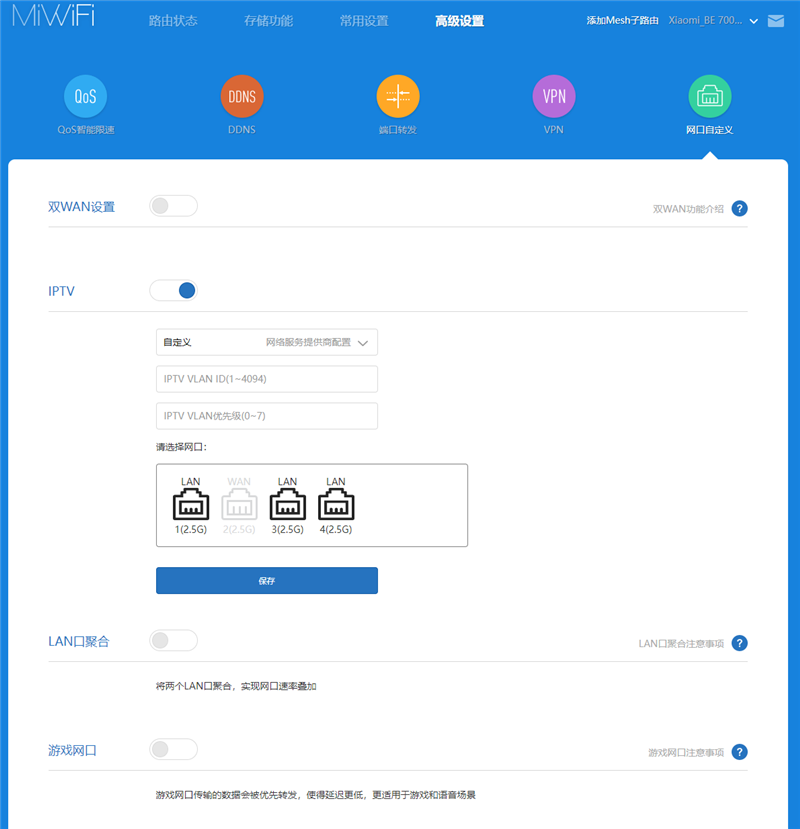
The Xiaomi 10G router actively supports the SAMBA protocol. Experience its capabilities by connecting a 2TB mobile solid-state drive to the USB 3.0 interface. The storage function comprises two tabs: “Storage Settings” and “DOCKER.”
The storage settings reveal that using USB 3.0 will affect 2.4GHz Wi-Fi. It is advisable to switch to USB 2.0 mode, but due to the sluggish speed of USB 2.0, we opt to continue using USB 3.0. Enabling the SAMBA function assigns the Xiaomi router’s default gateway as 192.168.31.1. Enter this address directly into the resource manager to locate the Yingruida X8 2TB mobile SSD.
To integrate the Yingruida X8 2TB mobile SSD into the resource manager, right-click the mouse and choose “Map Network Drive.” The host connects to the router’s 2.5Gbps network port using a network cable and proceeds to copy 6GB files from the local computer. The copy speed remains stable at 280MB/s.
Verdict
The Xiaomi Router 7000, priced under 1,000 yuan, stands out as the most powerful router in its category, prompting the author, a user of the Xiaomi router AX9000, to consider an upgrade.
The test results are outlined as follows:
- MLO Multi-frequency Simultaneous Connection:
The default maximum connection speed of current mobile phones and Wi-Fi 7 wireless network cards is 2882Mbps. Utilizing an MLO multi-band connection, this speed can be boosted to 4.3Gbps. Xiaomi 13/14 ROM’s latest version already supports Wi-Fi 7 for mobile phones. While Intel BE200 and MediaTek MT7927 wireless network cards on computers can handle the 320MHz bandwidth of Wi-Fi 7, Windows system limitations prevent full MLO support. The hope is for Microsoft to quickly enable Wi-Fi 7 support, allowing users to enjoy the benefits of 4.3Gbps high-speed wireless LAN.
- Signal:
Equipped with 8 high-gain antennas, the Xiaomi Router 7000 ensures comprehensive signal coverage throughout the house. Even at a distance of 5 meters through walls, it maintains smooth streaming of online 4K videos. Signal strength comparison with the Xiaomi router AX9000 reveals that its 5.2/5.8GHz signal is on par with the AX9000.
Moreover, the Xiaomi Router 7000 supports the SAMBA protocol and Docker (container), providing NAS-like functionalities when an external USB hard drive is connected. Boasting Wi-Fi 7, a 4-core 1.5GHz A73 processor, 2GB RAM, and 4 2.5Gbps network ports, it surpasses the former high-end router Xiaomi AX9000.
In conclusion, the Xiaomi Router 7000 emerges as the most formidable router available for less than a thousand yuan.
Read Also: Xiaomi router AX1500 is online for sale: support 5GHz WiFi6, pre-sale hand price of 129 yuan, $17.9










